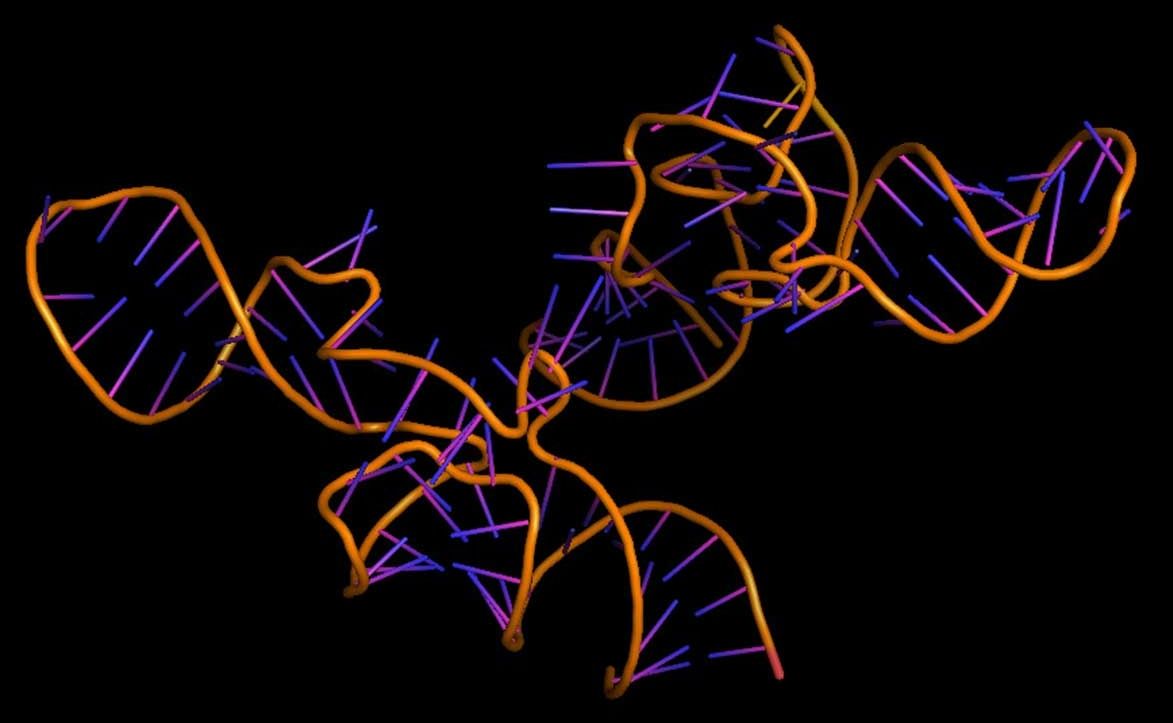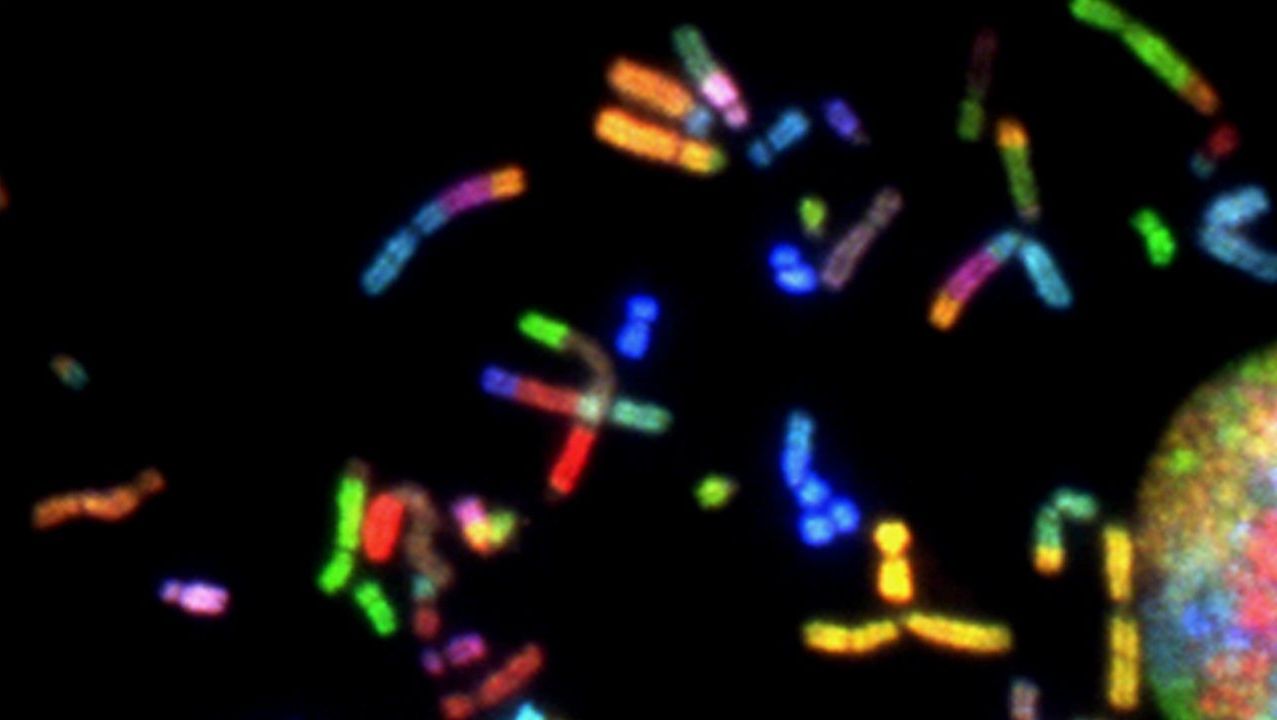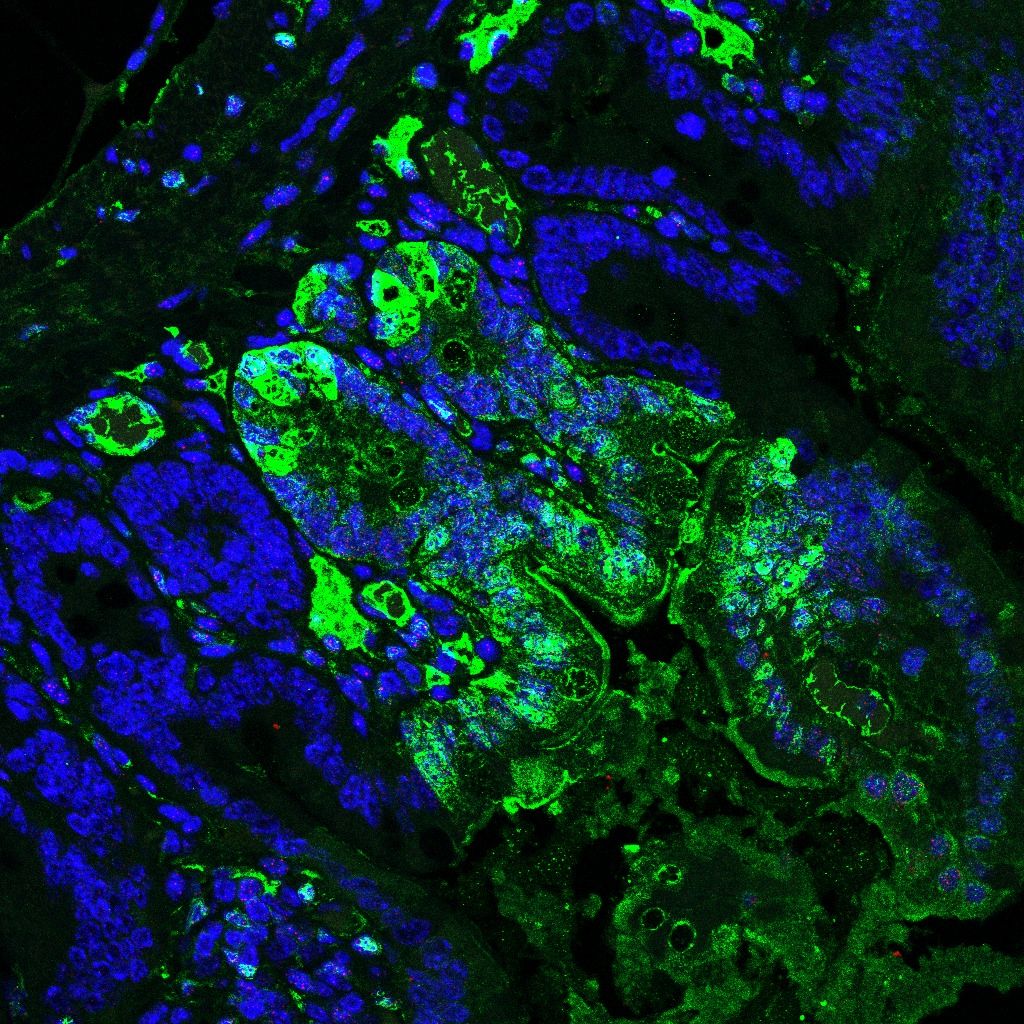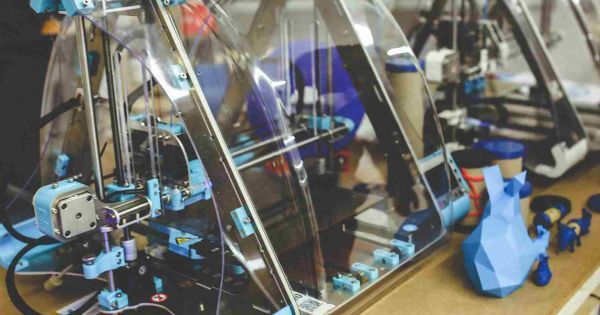Page 11060
Jun 2, 2016
Scientists reveal proposal to build human genome from scratch
Posted by Karen Hurst in category: biotech/medical
More on the human synthetic genome project — this could greatly benefit medical and tech companies alike as well as governmental efforts.
Initial $100 million plan would support technologies for large-scale DNA synthesis.
Jun 2, 2016
Tiny lasers enable next-gen microprocessors to run faster, less power-hungry
Posted by Karen Hurst in categories: electronics, energy, nanotechnology
More energy efficient, high performance microprocessors on the way.
Abstract: Tiny high-performance lasers grown directly on silicon wafers solve a decades-old semiconductor industry challenge that, until now, has held back the integration of photonics with electronics on the silicon platform,
A group of scientists from Hong Kong University of Science and Technology; the University of California, Santa Barbara; Sandia National Laboratories and Harvard University were able to fabricate tiny lasers directly on silicon — a huge breakthrough for the semiconductor industry and well beyond.
Continue reading “Tiny lasers enable next-gen microprocessors to run faster, less power-hungry” »
Jun 2, 2016
Ageing breakthrough: Scientists create “hyper-long” telomeres without gene editing
Posted by Dan Kummer in categories: bioengineering, biotech/medical, genetics, life extension
Scientists have successfully created mice with significantly longer telomeres than normal, resulting in a drop in molecular ageing, without using genetic manipulation.
Telomeres, which are found at the end of all animals’ chromosomes, are thought to be vital to ending ageing, as their shortening as we age is a key factor in cellular ageing and the onset of age-related disease. However, when they are lengthened beyond normal levels in mice, they have the precise opposite effect, protecting against ageing and related diseases, and increasing lifespan.
The mice, which are chimeras carrying both regular and “hyper-long” telomeres, were created using a technique based on epigenic changes, where embryonic stem cells are expanded in vitro, prompting changes to telomeres.
Jun 2, 2016
Scientists create mice with hyper-long telomeres without altering the genes
Posted by Montie Adkins in categories: biotech/medical, genetics, life extension
The cells with hyper-long telomeres in these mice appear to be perfectly functional. When the tissues were analysed at various moments (0, 1, 6 and 12 months of life), these cells maintained the additional length scale (they shortened over time but at a normal rhythm), accumulated less DNA damage and had a greater capacity to repair any damage. In addition, the animals presented a lower tumour incidence than normal mice.
These results show that pluripotent stem cells that carry hyper-long telomeres can give rise to organisms with telomeres that remain young at the molecular level for longer. According to the authors, this “proof of concept means that it is possible to generate adult tissue with longer telomeres in the absence of genetic modifications”.
The Telomeres and Telomerase Group at the Spanish National Cancer Research Centre (CNIO), in collaboration with the Centre’s Transgenic Mice Core Unit, has succeeded in creating mice in the laboratory with hyper-long telomeres and with reduced molecular ageing, avoiding the use of what to date has been the standard method: genetic manipulation. This new technique based on epigenetic changes that is described today in the pages of Nature Communications, avoids the manipulation of genes in order to delay molecular ageing. The study also underlines the importance of this new strategy in generating embryonic stem cells and iPS cells with long telomeres for use in regenerative medicine.
Continue reading “Scientists create mice with hyper-long telomeres without altering the genes” »
Jun 2, 2016
Experimental test verifies Heisenberg’s measurement uncertainty principle
Posted by Andreas Matt in category: quantum physics
(Phys.org)—Werner Heisenberg originally proposed the uncertainty principle in 1927, but his original proposal was somewhat different than how it is interpreted today. As a recent paper in Physical Review Letters explains, Heisenberg’s original statement was about error and disturbance in a measurement process. Over the years, however, Heisenberg’s original proposal has been restated in terms of the uncertainties intrinsic to quantum states. This aspect of the uncertainty principle has been studied extensively with well-developed theories and verified experimentally.
On the other hand, Heisenberg’s original proposal regarding error in the measurement process is not as well understood. In the new paper, a team of researchers led by Professor Jiangfeng Du at the University of Science and Technology of China has reported an experimental test of the measurement aspect of Heisenberg’s uncertainty principle using nuclear-spin qubits.
In his original proposal, Heisenberg predicted a tradeoff between error and disturbance. He suggested that when a gamma-ray microscope measures the position of an electron, the measurement inevitably disturbs the electron’s momentum. The smaller the measurement error, the larger the disturbance, and vice versa. This idea was described qualitatively but a complete quantitative description is still lacking today.
Continue reading “Experimental test verifies Heisenberg’s measurement uncertainty principle” »
Jun 2, 2016
The Economic Lessons of Star Trek’s Money-Free Society
Posted by Shailesh Prasad in category: economics
In the latest ‘Geek’s Guide to the Galaxy’ podcast, writer Manu Saadia discusses what we can learn about post-money life from the ‘Star Trek’ franchise.
Jun 2, 2016
A Host of Soon-to-be-Expired Patents are Set to Revolutionize 3D Printing
Posted by Shailesh Prasad in categories: 3D printing, materials
Patents filed on many pre-existing 3D printing processes are about to expire. As this occurs, it will bring on a new era in 3D printing. Machinery and material costs will plummet, and the quality of prints will increase.
An important shift is occurring in the 3D printing world: patents are expiring. Patents filed on pre-existing industrial printing processes, especially those filed at the turn of the century, have already expired or are set to expire in the coming years.
Take, for example, the case of Fused Deposition Modeling (FDM). The patent on FDM expired in 2009. As a result, prices for FDM printers dropped from over $10,000 to less than $1,000, which caused consumer-friendly 3D printer manufacturers– like MakerBot and Ultimaker– to pop up.
Jun 2, 2016
New Evidence That Black Holes May Actually Be 2D Holograms
Posted by Andreas Matt in categories: cosmology, quantum physics
A team of theoretical physicists used Loop Quantum Gravity, string theory’s biggest contender, and showed that the calculations are consistent with the idea that black holes have no insides, but that objects are stuck on their surface.
There’s a lot in our universe we don’t completely understand, such as dark matter and dark energy. Indeed, in the bizarre world of quantum physics, ideas are constantly shifting and changing regarding the true nature of the (somewhat mysterious) forces that govern our universe.
This is what’s happening now in the debate over what black holes really are.
Continue reading “New Evidence That Black Holes May Actually Be 2D Holograms” »
Jun 2, 2016
A Sci-fi Cyberpunk Thriller HD: “Temple”
Posted by Sean Brazell in categories: biotech/medical, genetics, media & arts
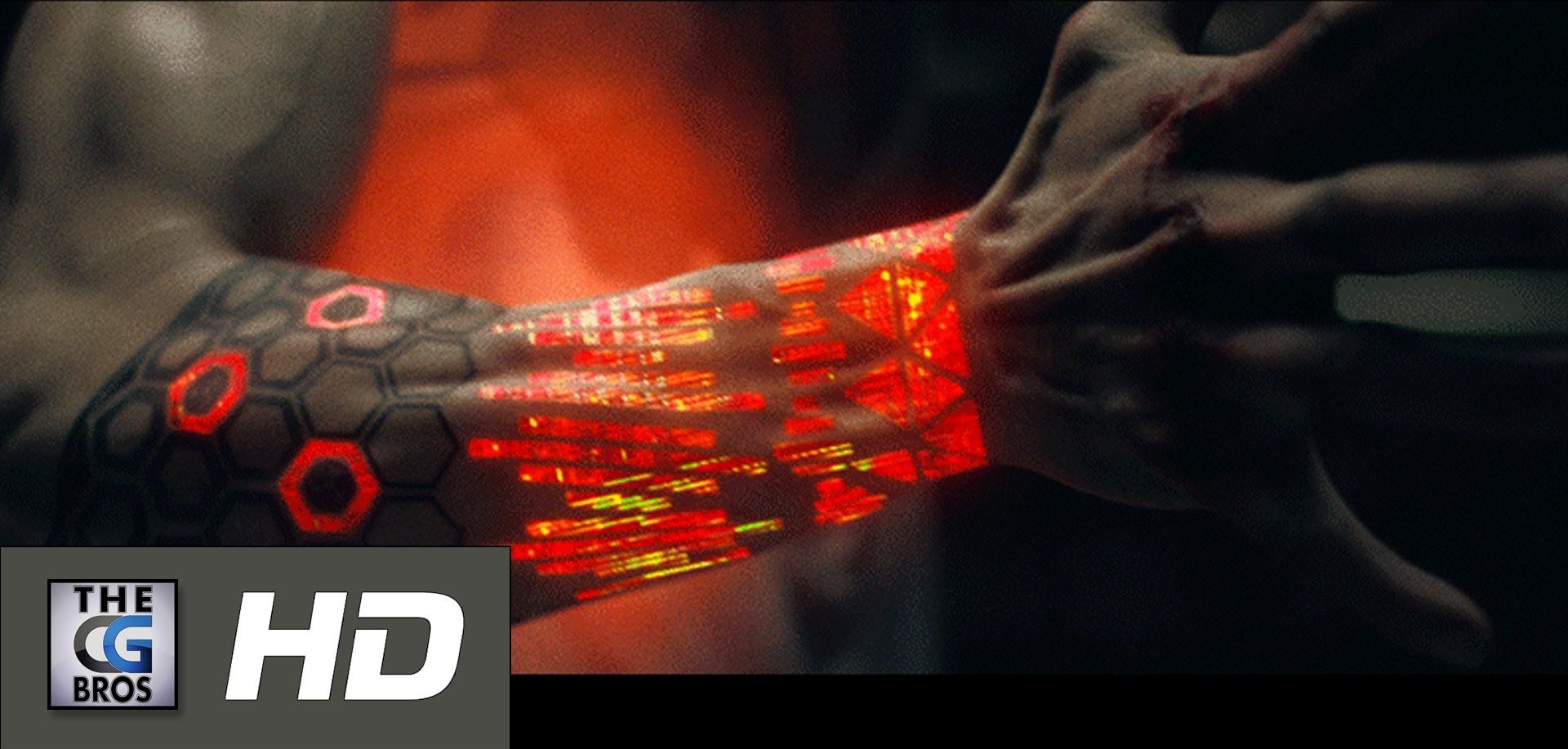
ENJOY!!! 2045 A.D. Cybernetically enhanced beings are in control of society. A new genetic disease is making humans reject their own organs, forcing one man to steal cybernetic implants from others to survive. By director Nguyen-Anh Nguyen.
Temple is a concept for a feature film project, produced by the team of the Akira Project.
Continue reading “A Sci-fi Cyberpunk Thriller HD: ‘Temple’” »
